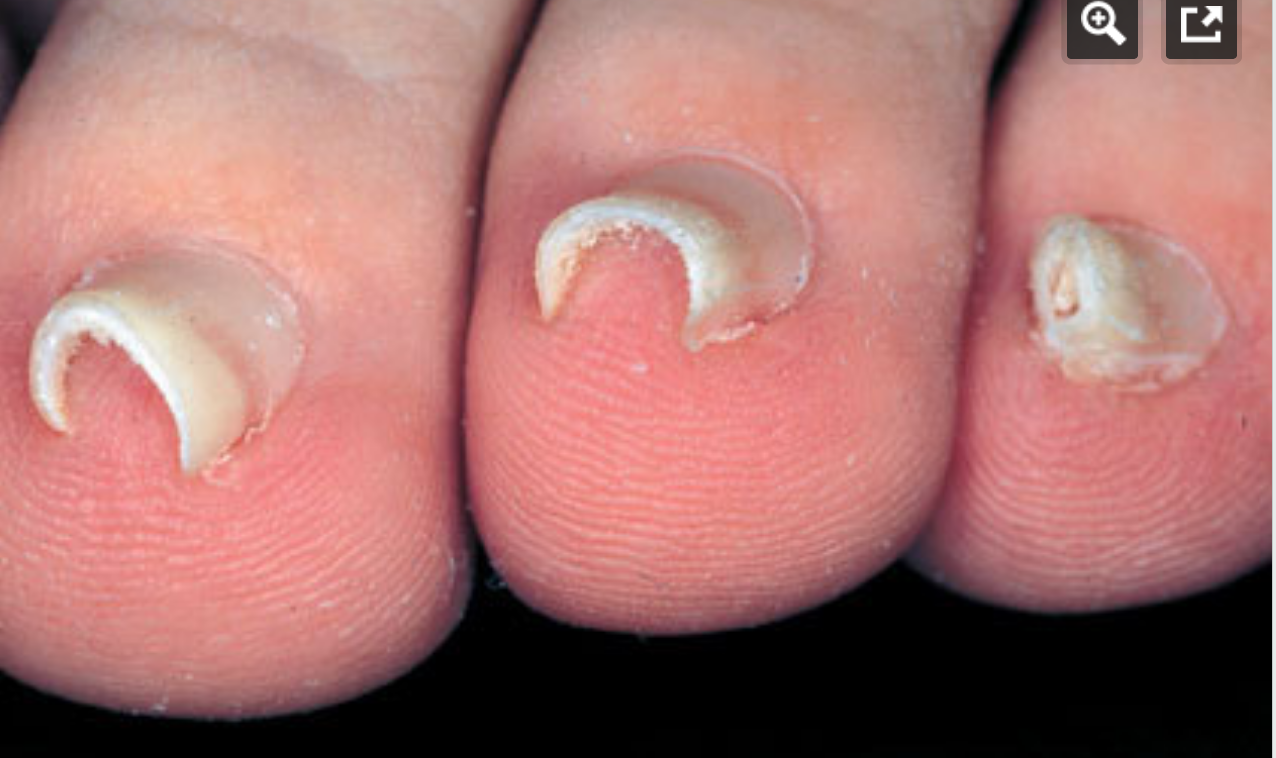Even for those of us who do (and should) know better, "the problem is, we are all often knee deep into compensations before we are aware of it, so most of us are always working on adding strength and endurance into our compensations without even knowing it. Our workouts layer things deeper. Yes, almost all of us are on this bus. Don't deny it. The next time you feel that tightness in your shoulder, or in your hip, or feel that tightness or soreness on one side of the low back, or one side of the neck, stop, and ask yourself that honest question. Again, you are on the bus with the rest of us."
We have spent much time discussing our order of things when intervening between a person and what ails them. Namely, our order is to first restore proper skill and patterning, then add endurance (move well often), and then add load, namely strength, power, force, explosive movements and the like. So, Skill, Endurance, Strength. This is a neurologic order, there is good reason for the necessity of this order. We have spend many an hour listening to Dr. Ivo explain why the CNS dictates this is the order with good reason. Cheat this order and you lay down neuroplastic patterns that are anything but what you want for your client. Enough said.
Today we introduce and article that the looks at the lumbo-pelvic-hip complex, a very complicated area, subject to large multi-planar movements and distortions (and hence, large complex multi-planar compensations). We must have good skill, endurance and strength in controlling this massive area safely, meaning, to avoid developing cheating compensatory patterns to negotiate around our days and activities and sports. The problem is, we are often knee deep into compensations before we are aware of it, so most of us are always working on adding strength and endurance into our compensations without even knowing it. Yes, almost all of us are on this bus. Don't deny it. The next time you feel that tightness in your shoulder, or in your hip, or feel that tightness or soreness on one side of the low back, or one side of the neck, stop, and ask yourself that honest question. Again, you are on the bus with the rest of us.
Today's article looks at pre and post exercise fatigue and how, on EMG, our body changes. Now keep in mind, and I will remind you of this again at the end of today's writing, keep in mind of the asymmetries, poor-skill, poor-endurance and poor strength in some areas that pre-exist, before even starting into our exercises. Imagine, assume, that these were there in all of this study's subjects, even prior to the exercise challenge. You should now fully grasp how layered things get for our clients.
Here is what the article said,
"fatigue may affect muscle recruitment, active muscle stiffness and trunk kinematics, compromising trunk stability".-Chang et al.
"The purpose of this study was to compare trunk muscle activation patterns, and trunk and lower extremity kinematics during walking gait before and after exercise. Surface electrodes were placed over the rectus abdominis, external oblique, erector spinae, gluteus medius, vastus lateralis, and vastus medialis of twenty-five healthy indviduals."
"The amplitude increased in the rectus abdominis during loading, midstance , terminal stance, and late swing after exercise. Amplitude also increased during swing phase in the erector spinae, vastus lateralis, and vastus medialis after exercise. There was less trunk and hip rotation from initial contact to midstance after exercise. Neuromuscular fatigue significantly influenced the activation patterns of superficial musculature and kinematics of the lumbo-pelvic-hip complex during walking. Increased muscle activation with decreased movement in a fatigued state may represent an effort to increase trunk stiffness to protect lumbo-pelvic-hip structures from overload."-Chang et al
What we found particularly notable was that they found less trunk and hip rotation from initial contact to midstance after exercise. And that, "neuromuscular fatigue significantly influenced the activation patterns of superficial musculature and kinematics of the lumbo-pelvic-hip complex during walking". As they concluded, increased muscle activation with decreased movement in a fatigued state plausibly indicates an effort to increase trunk stiffness as a protective measure. Translation, a protective compensation.
Here is what we have to say about that: do not leave the problem on the table and merely train your client around this. Resolve the underlying problem. The underlying problem may not, and likely will not, come out in a "functional screen". What will come out in the screen is how they are moving about with this existing compensation pattern(s). The screen shows WHAT they are doing with their limitations, not WHY Dive keep dear brethren. This is what it is all about, taking the time and diving deep. Find the "why".
So, as promised, here I am again, reminding you to keep in mind of the asymmetries, poor-skill, poor-endurance and poor strength in some areas that pre-exist, before even starting into our exercises. Imagine, assume, that these were there in all of this study's subjects, even prior to the exercise challenge. You should now fully grasp how layered things get for our clients.This is what can make, "helping someone get well", a difficult challenge, even on a good day.
*Muscle activation patterns of the lumbo-pelvic-hip complex during walking gait before and after exercise. Chang M1, Slater LV2, Corbett RO1, Hart JM1, Hertel J1.
Photo credit: pixabay.com Thank you for making such beautiful photos like this available for free use. Gorgeous photography !
































